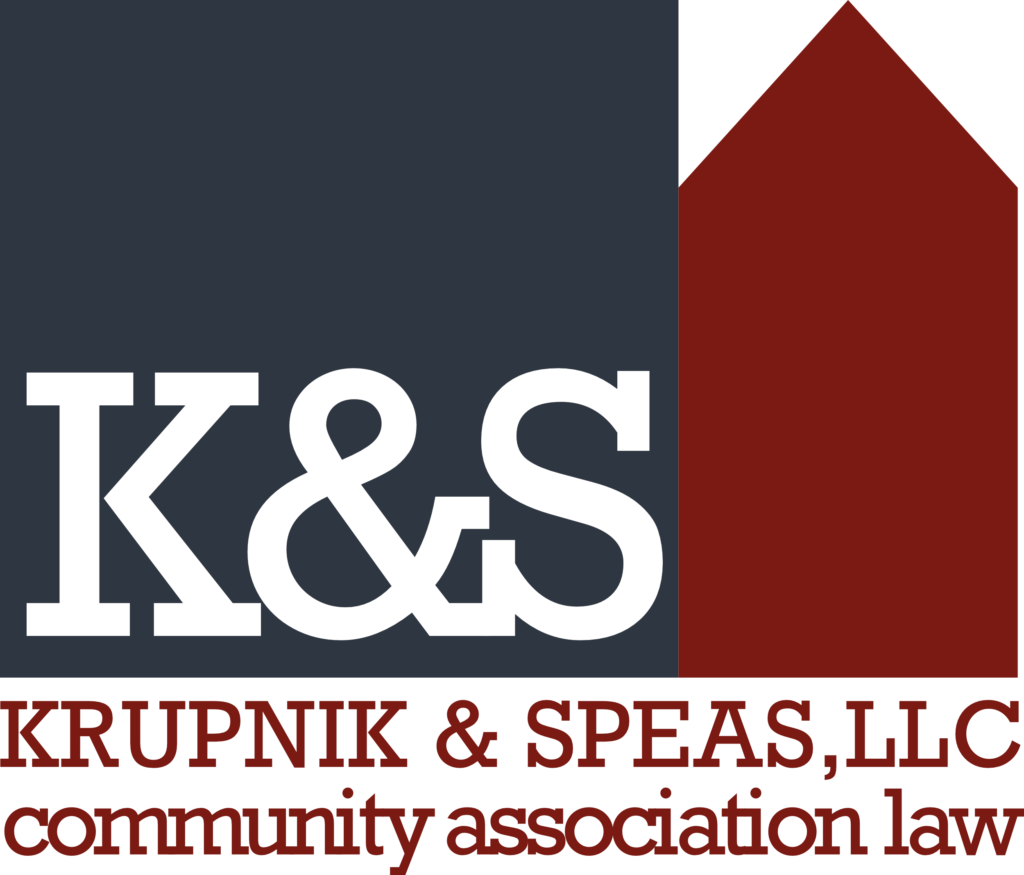Amending an association’s governing documents can be more tricky than an association may expect. When associations are considering amending their governing documents, they need to keep the following factors in mind:
The association needs to evaluate each governing document separately to see what the specific amendment requirement is of that document. Often, the amendment requirement for the declaration (or restrictions or CC&R’s) is more difficult than amending the bylaws.
A. Amending the Declaration There are often many considerations when amending the declaration.
(1) Is there any requirement to obtain the approval of the first mortgagees (i.e. the holders of the first mortgages)? Some declarations have this requirement. However, when evaluating this requirement, read the provision carefully. Often the term “Eligible Mortgage Holder” is used. When used in this fashion, it is often a defined term, which refers only to the holders of first mortgages who have notified the association, in writing, that they wish to be notified of any material matters, such as amendments. If the association has no such “Eligible Mortgage Holders”, this provision may not be relevant.
(2) Do the governing documents require the approval of a certain percentage of the members, or the owners of a certain percentage of the lots? This number may not always be the same (depending on if one owner owns more than one lot).
(3) Do the signatures of the owners need to be “executed and acknowledged”? If so, this means that the owners’ signatures need to be notarized?
(4) Do the forms containing the approval of the owners need to be recorded with the certificate of amendment?
(5) Is the association a condominium formed under the Condominium Act? If so, to amend the declaration or the plat requires the approval of units to which 67% of the votes in the association are allocated. (N.M.S.A. 47-7B-17). Furthermore, any action to challenge an amendment under this provision must be brought within one (1) year after the amendment is recorded.
(6) To finalize the amendment, the association must follow any procedures in the declaration. In addition, the association must file the amendment with the county clerk’s office of the county in which the subdivision is located.
B. Amending the Articles of Incorporation. If the association is amending its articles of incorporation, it must follow the following procedure:
(1) The board must adopt a resolution setting forth the proposed amendment and directing that it be submitted to a vote at a meeting of members entitled to vote thereon, which may be either an annual or a special meeting. Written notice setting forth the proposed amendment, or a summary of the changes to be effected thereby, shall be given to each member entitled to vote at the meeting within the time and in the manner provided in the Nonprofit Corporation Act for the giving of notice of meetings of members. The proposed amendment shall be adopted upon receiving at least two-thirds of the votes which members present at the meeting or represented by proxy are entitled to cast; (N.M.S.A. 53-8-36)
(2) If the amendment to the articles is adopted, then the amendment must be signed by two officers of the corporation, two copies filed with the commission, and the document must contain specific information required by the commission. (N.M.S. 53-8-37)
C. Amending the Bylaws. If the association is amending its Bylaws, it must follow the following procedure:
(1) The power to alter, amend or repeal the bylaws or adopt new bylaws shall be vested in the board of directors unless otherwise provided in the articles of incorporation or bylaws. The bylaws may contain any provisions for the regulation and management of the affairs of a corporation not inconsistent with lawor the articles of incorporation.
(2) The initial bylaws and any subsequent bylaws whether by amendment, repeal or new adoption shall be executed by two authorized officers of the corporation. The bylaws in effect for the corporation shall be maintained at the corporation’s principal office in New Mexico and shall be subject to inspection and copying by the public.

